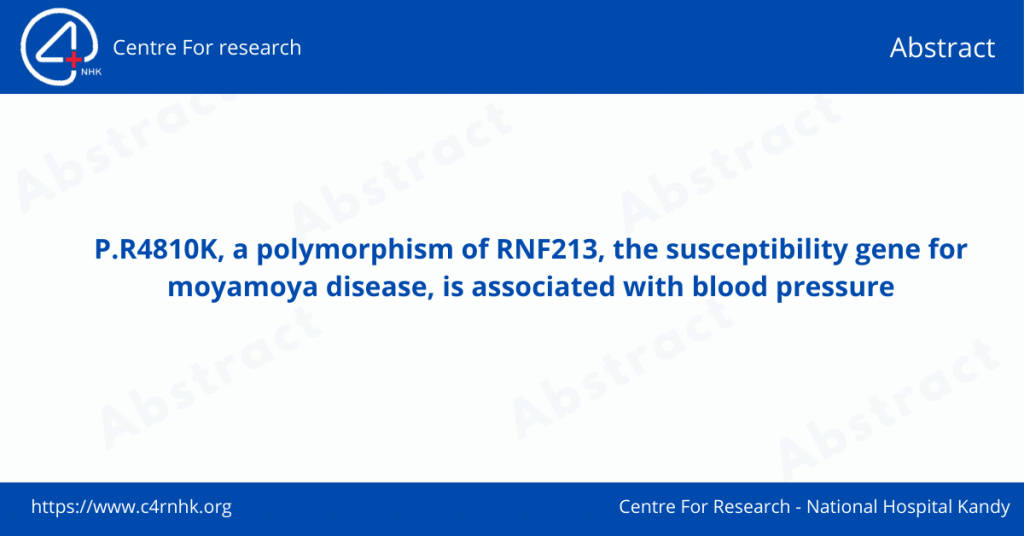De Schutter, A., Lavie, C. J., & Milani, R. V. (2014). The impact of obesity on risk factors and prevalence and prognosis of coronary heart disease—The obesity paradox. Progress in Cardiovascular Diseases, 56(4), 401-408.
Introduction
The paper by De Schutter et al. examines the relationship between obesity and coronary heart disease (CHD), with a particular focus on the phenomenon known as the “obesity paradox.” The authors aim to provide a comprehensive overview of the evidence surrounding this paradox, wherein obesity has been associated with a better prognosis in patients with established CHD, contrary to the well-documented adverse effects of obesity on the development and progression of the disease.
Critique
One of the strengths of this paper is its extensive review of the existing literature on the obesity paradox in CHD. The authors systematically examine the evidence across various presentations and settings, including hospitalized patients, those undergoing revascularization procedures, and ambulatory care. They also explore the potential impact of different measures of obesity, such as body mass index (BMI), body fat percentage, and central obesity measures like waist circumference.
The paper effectively highlights the complexity of the obesity paradox and the potential limitations of relying solely on BMI as a measure of obesity. The authors’ discussion of the roles of cardiorespiratory fitness (CRF) and body composition (lean mass and fat mass) in modulating the paradox is particularly insightful. The recognition that the paradox may be more pronounced in individuals with low CRF suggests that improving fitness levels could be more important than weight loss alone for certain patient populations.
However, the paper could have delved deeper into the potential mechanisms underlying the obesity paradox. While the authors mention several possible explanations, such as lead-time bias, confounding factors, and the metabolic buffer provided by fat mass, a more detailed exploration of these mechanisms and their relative contributions could have strengthened the discussion.
Additionally, the paper primarily focuses on observational studies and meta-analyses, which are valuable in identifying associations but may not establish causality. Incorporating findings from interventional studies or randomized controlled trials, if available, could have provided further insights into the potential effects of intentional weight loss or exercise interventions on the prognosis of obese CHD patients.
Conclusion
Overall, the paper by De Schutter et al. provides a comprehensive and well-structured review of the obesity paradox in CHD. It effectively highlights the complexities and nuances surrounding this counterintuitive phenomenon, particularly the potential roles of body composition and CRF. However, a more in-depth discussion of the underlying mechanisms and the inclusion of interventional study findings could have further strengthened the paper’s contribution to this intriguing and clinically relevant topic.

